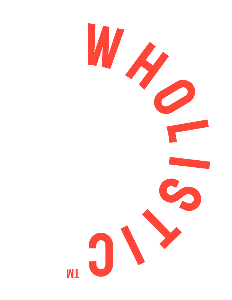Researchers have linked chemicals in personal care and household cleaning products to various health conditions such as infertility, tumors, learning and development, asthma and obesity and more.
Science is taking a closer look at the burden of disease and hormone disrupting chemicals. In 2006 Dr. Bruce Blumberg coined the term “obesogen.”
Obesogens are defined as compounds which cause weight gain. They can increase the number of fat cells or the capacity to store fat. Alternatively, they can act by altering appetite, metabolic rate or energy balance.
Environmental Working Group (EWG) commissioned an independent survey, and it revealed the average adult uses 12 personal care products a day, from shampoos to soaps and deodorants to sunscreens and more. EWG discovered these products could contain up to 112 distinct chemical components, including certain potentially harmful chemicals (CoCs) that could pose a threat to health.
Some uses for these CoCs in products are UV absorbers, fragrances, conditioners, anti-dandruff, colorants, deodorants, preservatives and plasticizers.
Consumers can’t rely on products that claim they’re “naturally derived,” “nontoxic” and “clean” because in many cases they can be just marketing terms. Canada is looking to update its approach to regulating self-care products. However, each country has its own regulations and consumers are ordering products from across the globe.
Experts still can’t agree on how much exposure is too much. It varies according to each individual, and it’s important to know your personal exposure risk and look at where you can make changes.
This is not all doom and gloom, even researchers of toxic ingredients still can’t completely depart from their beloved products even if they have questionable ingredients. You don’t have to throw everything out and start over. Think of this as a shift to safer personal care products as a process, similar to adopting healthier eating habits and making better food choices. As products are used up, go with better options when you need to buy more.
What you can do
Switch to personal care products labeled to be free of phthalates, parabens, triclosan, and benzophenone-3 (BP-3) and consider consulting databases designed to educate the public on toxic ingredients in personal care products such as the EWG or government websites before making a purchase.
Consider paring down the number of products you use daily and better scrutinize the ingredients on products that stay on the body longer, like lotions and parfums over one that gets washed off right away.
Look for products that have third party testing that can verify natural and non-toxic claims.
You can always reach out to the customer service departments to ask for more information or request better transparency.
The upside is that many are discovering the connection between toxic exposures in products used daily and health issues. There’s a greater demand from society for safer personal care and household products, which means you should see “cleaner” products replacing the more toxic varieties.
References
https://www.ncbi.nlm.nih.gov/pmc/articles/PMC1253722/
https://www.hsph.harvard.edu/news/features/harmful-chemicals-in-personal-care-products/
https://www.nature.com/articles/s41370-022-00485-y
https://academic.oup.com/jcem/article/100/4/1245/2815065
https://www.ewg.org/research/survey-finds-use-personal-care-products-2004-what-means-your-health
* Statements are not evaluated by Health Canada and are not intended to provide or replace medical advice to individuals. Consult with a qualified health care provider if you have any health concerns, before initiating any new diet, exercise, supplement or other lifestyle changes.
